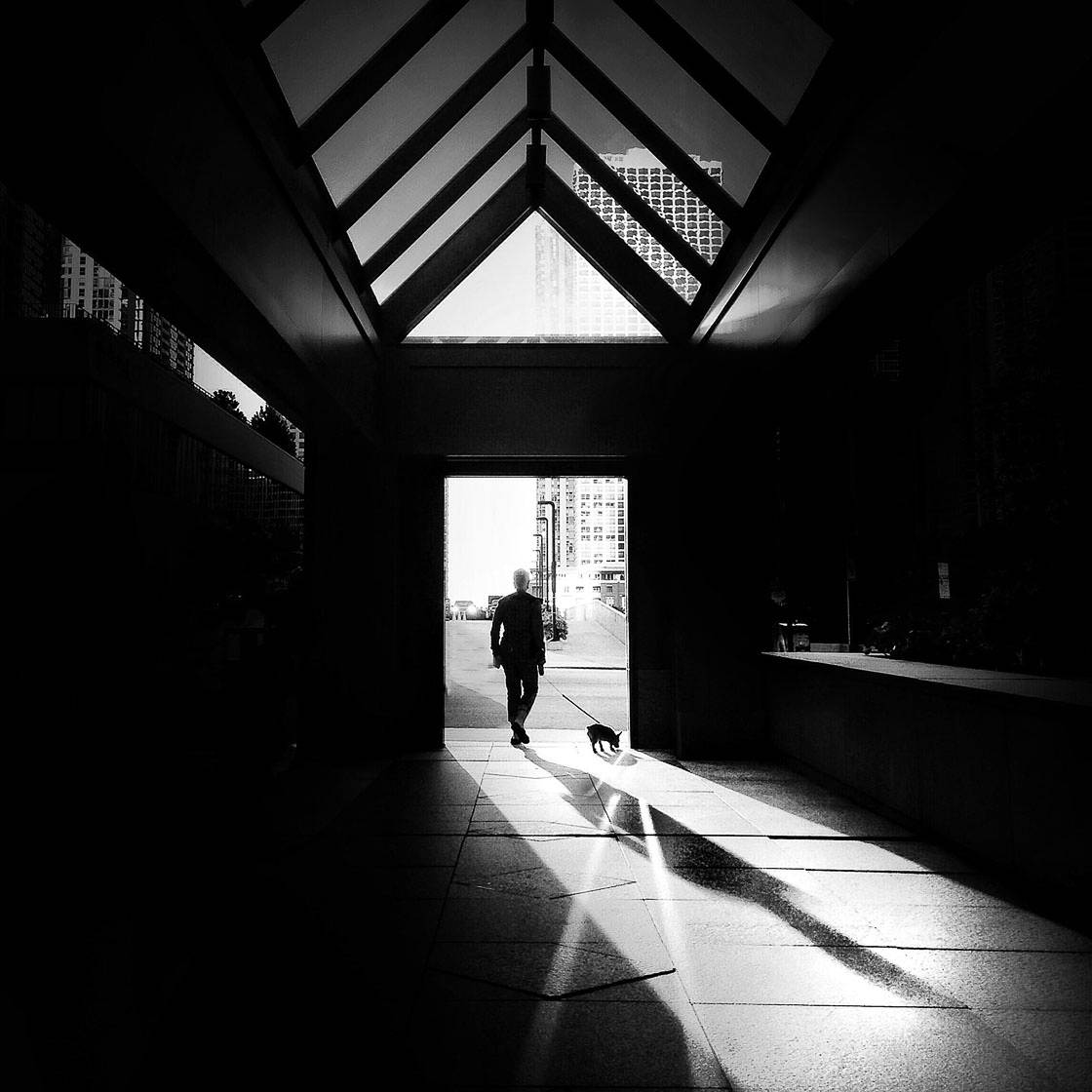Facts About Street Photographers Revealed
Table of ContentsStreet Photographers for Beginners7 Easy Facts About Street Photographers ExplainedSome Known Details About Street Photographers How Street Photographers can Save You Time, Stress, and Money.Street Photographers - The Facts
, a genre of photography that records day-to-day life in a public location. The very publicness of the setting allows the digital photographer to take candid photos of unfamiliar people, often without their knowledge. Street digital photographers do not always have a social objective in mind, yet they prefer to separate and capture moments which could or else go undetected.Though he was affected by several of those that affected the road photographers of the 1950s and '60s, he was not chiefly thinking about capturing the spirit of the street. The impulse to visually record individuals in public started with 19th-century painters such as Edgar Degas, douard Manet, and Henri de Toulouse-Lautrec, that worked side by side with digital photographers attempting to catch the significance of city life.

Given the fine high quality of his pictures and the breadth of material, architects and artists commonly bought Atget's prints to utilize as referral for their very own work, though commercial rate of interests were rarely his major motivation. Rather, he was driven to photograph every last residue of the Paris he enjoyed. The mingled enthusiasm and necessity of his goal sparkle through, resulting in photographs that narrate his own experience of the city, high qualities that anticipated road digital photography of the 20th century.
Get This Report about Street Photographers
They expose the city with his eyes. His job and basic understanding of digital photography as an art type functioned as ideas to generations of digital photographers that followed. The following generation of road professional photographers, though they likely did not refer to themselves because of this, was introduced by the photojournalism of Hungarian-born photographer Andr Kertsz.
Unlike his Visit Your URL peers, Brassa made use of a larger-format Voigtlnder camera with a much longer direct exposure time, forcing him to be more computed and thoughtful in his practice than he may have been if utilizing a Leica.
Cartier-Bresson was a champ of the Leica video camera and among the initial photographers to maximize its capacities. The Leica enabled the photographer to communicate with the surroundings and to capture moments as they occurred - Street Photographers. Its relatively tiny dimension likewise aided the professional photographer discolor into the history, which was Cartier-Bresson's preferred approach
Get This Report about Street Photographers
It is due to this essential understanding of the art of picture taking that he is typically attributed with uncovering the medium around once again approximately a century since its invention. He took photographs for greater than a half century and affected generations of photographers to trust their eye and intuition in the minute.
These are the questions I will try to respond to: And after that I'll leave you with my go to the website very own meaning of street digital photography. Yes, we do. Let's begin with specifying what a meaning is: According to it is: "The act of defining, or of making something guaranteed, distinctive, or clear".
No, absolutely not. The term is both limiting and misdirecting. Sounds like a street photography must be images of a roads ideal?! And all street photographers, with the exception of a small number of outright newbies, will fully value that a road is not the key component to street digital photography, and actually if it's a photo of a road with maybe a couple of uninteresting individuals doing nothing of passion, that's not street digital photography that's a photo of a street.
He makes a valid factor do not you think? While I agree with him I'm not sure "honest public digital photography" will capture on (although I do kind of like the term "honest photography") because "road digital photography" has been around for a lengthy time, with lots of masters' names affixed to it, so I believe the term is here to stay.
The Only Guide to Street Photographers
You can shoot at the beach, at a festival, in an alley, in a park, that site in a piazza, in a coffee shop, at a gallery or art gallery, in a city station, at an event, on a bridge, under a bridge ...
Yes, I'm afraid we scared no choice! Without regulations we can not have an interpretation, and without an interpretation we do not have a genre, and without a genre we do not have anything to specify what we do, and so we are stuck in a "rules interpretation style" loop! - Street Photographers
10 Simple Techniques For Street Photographers
